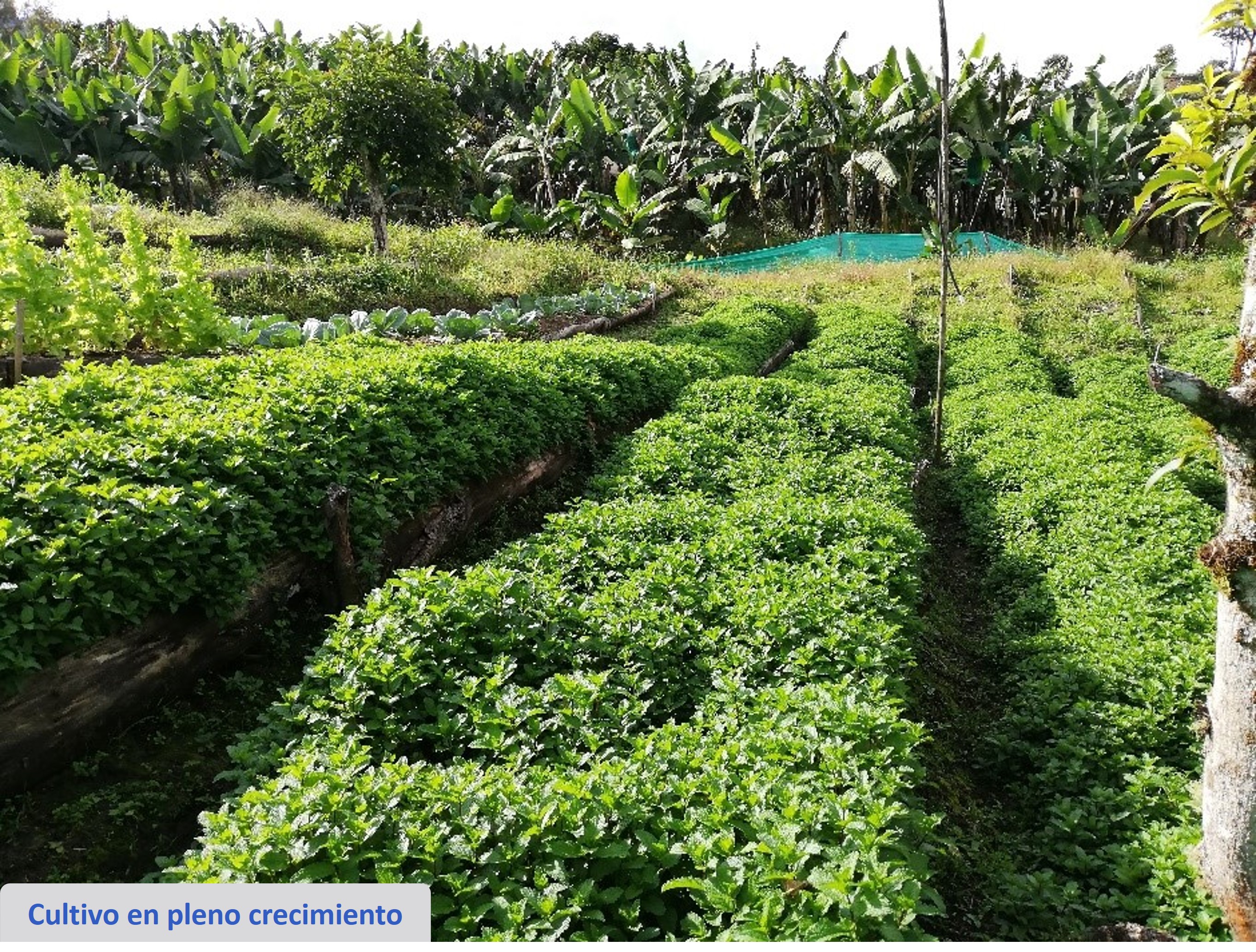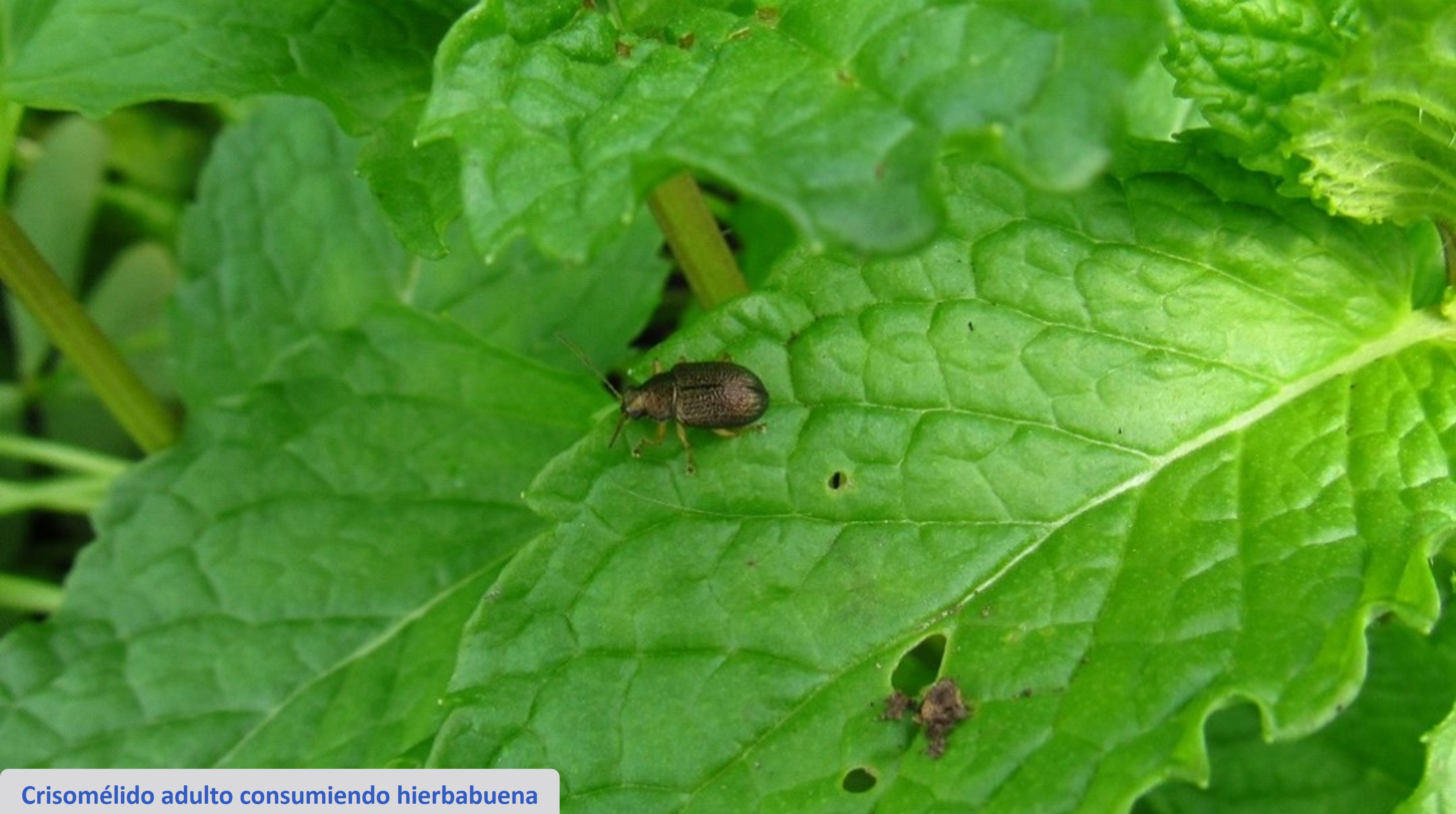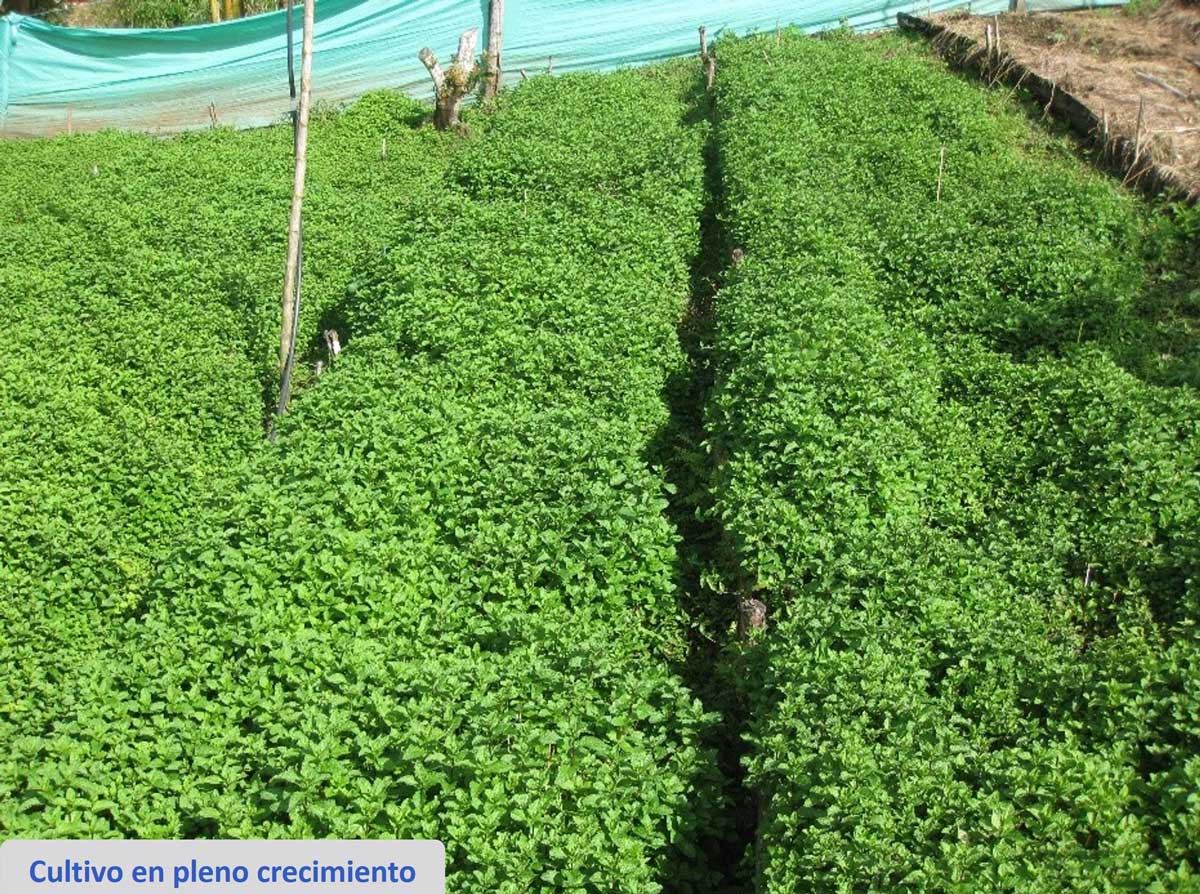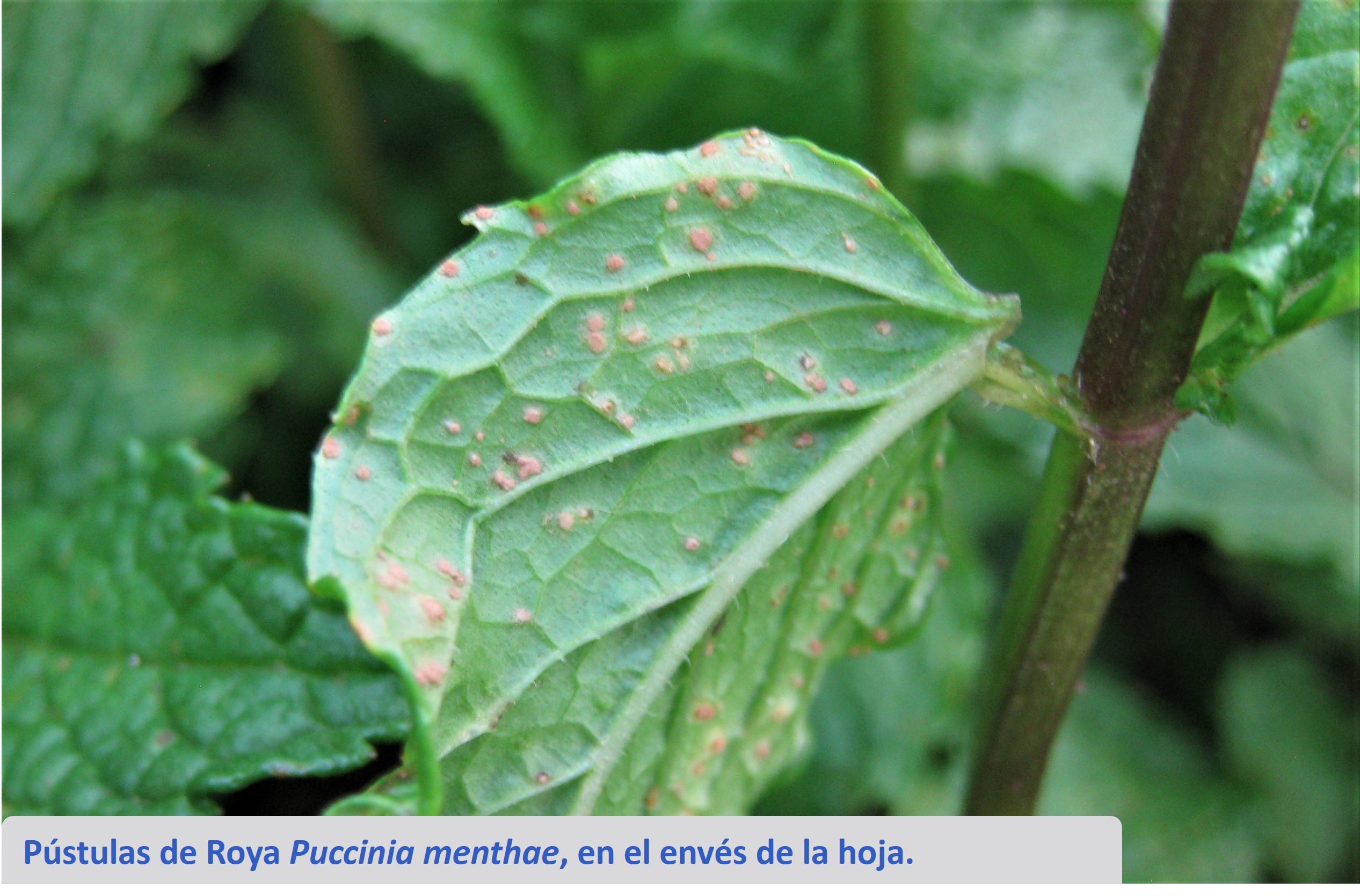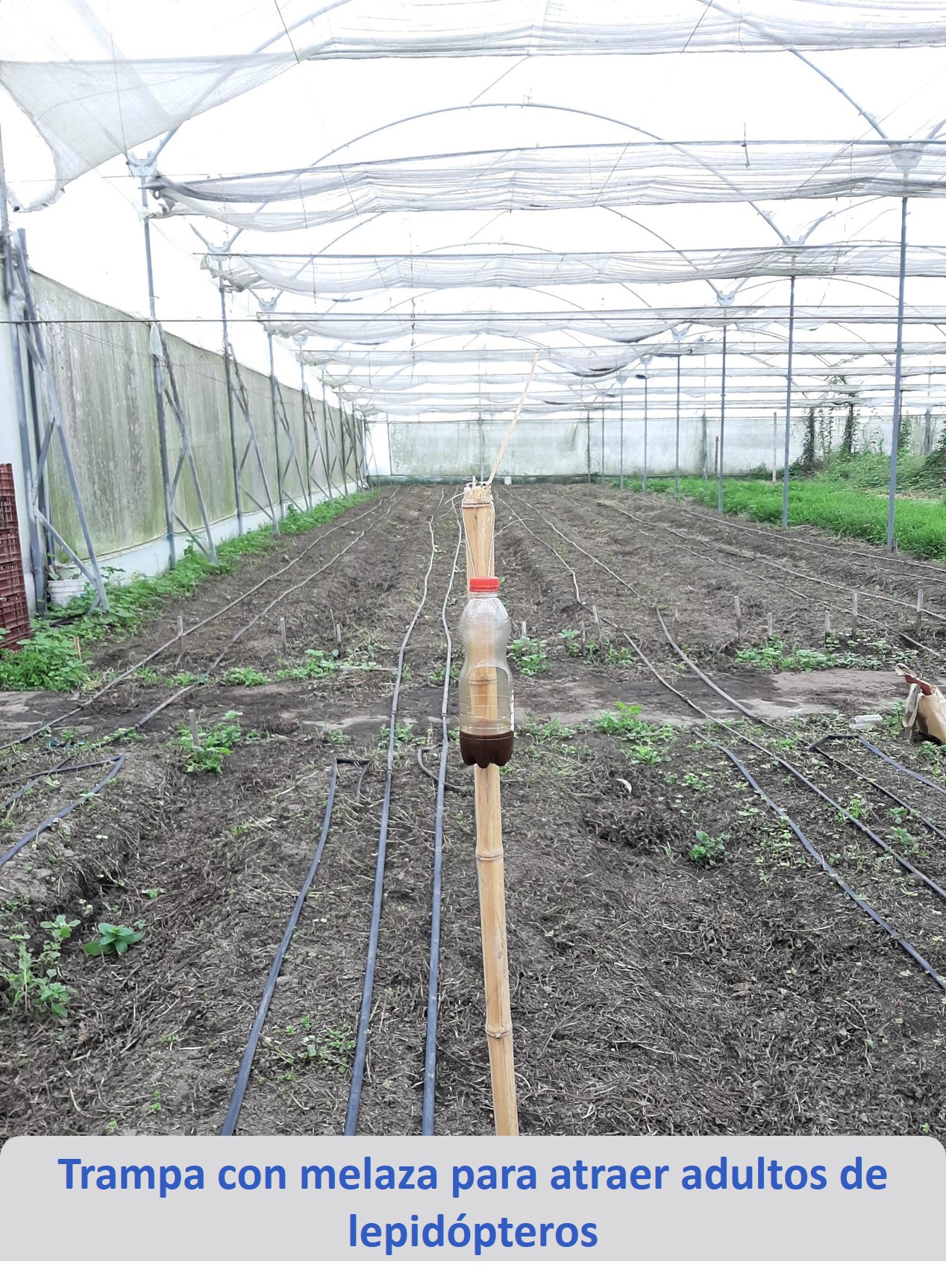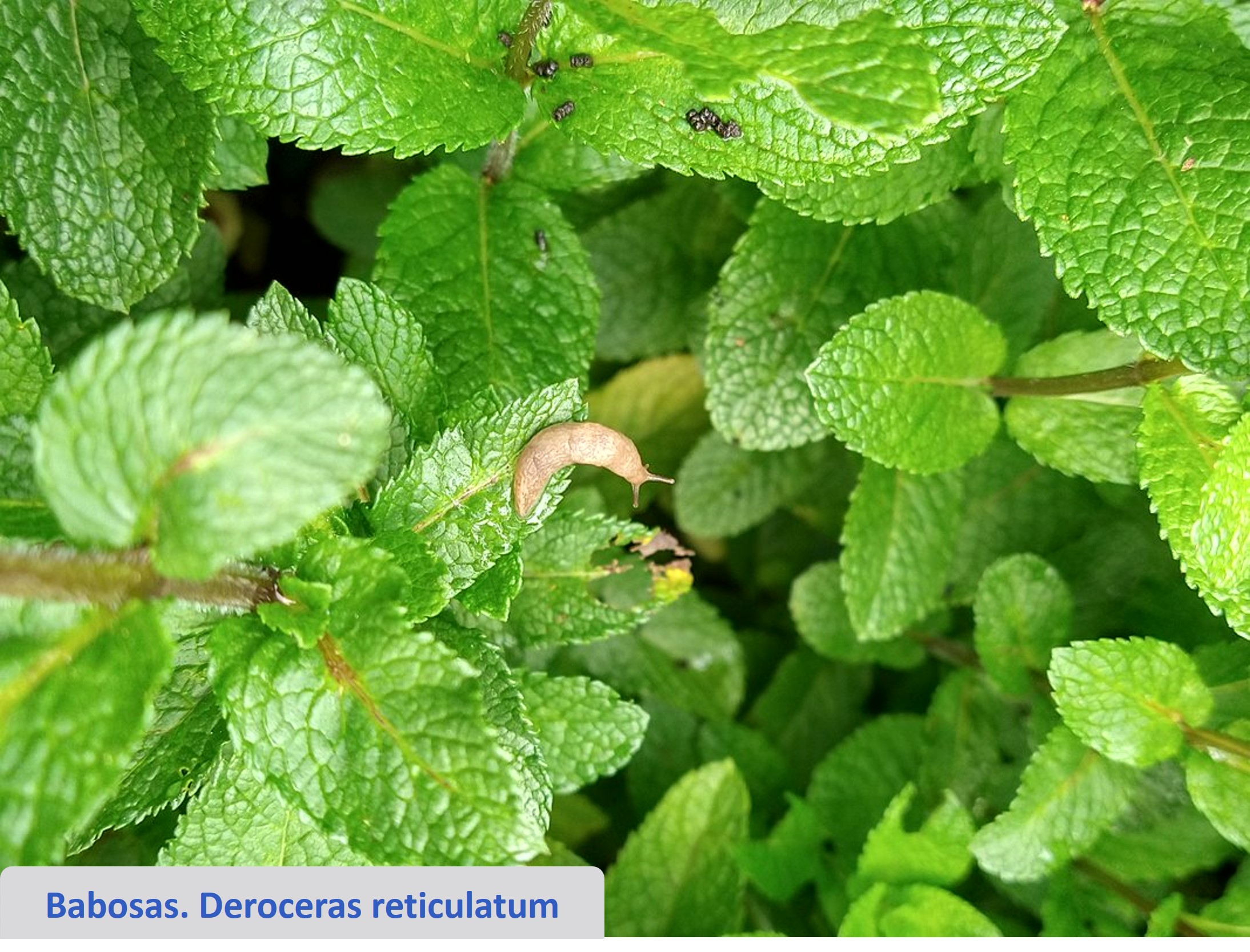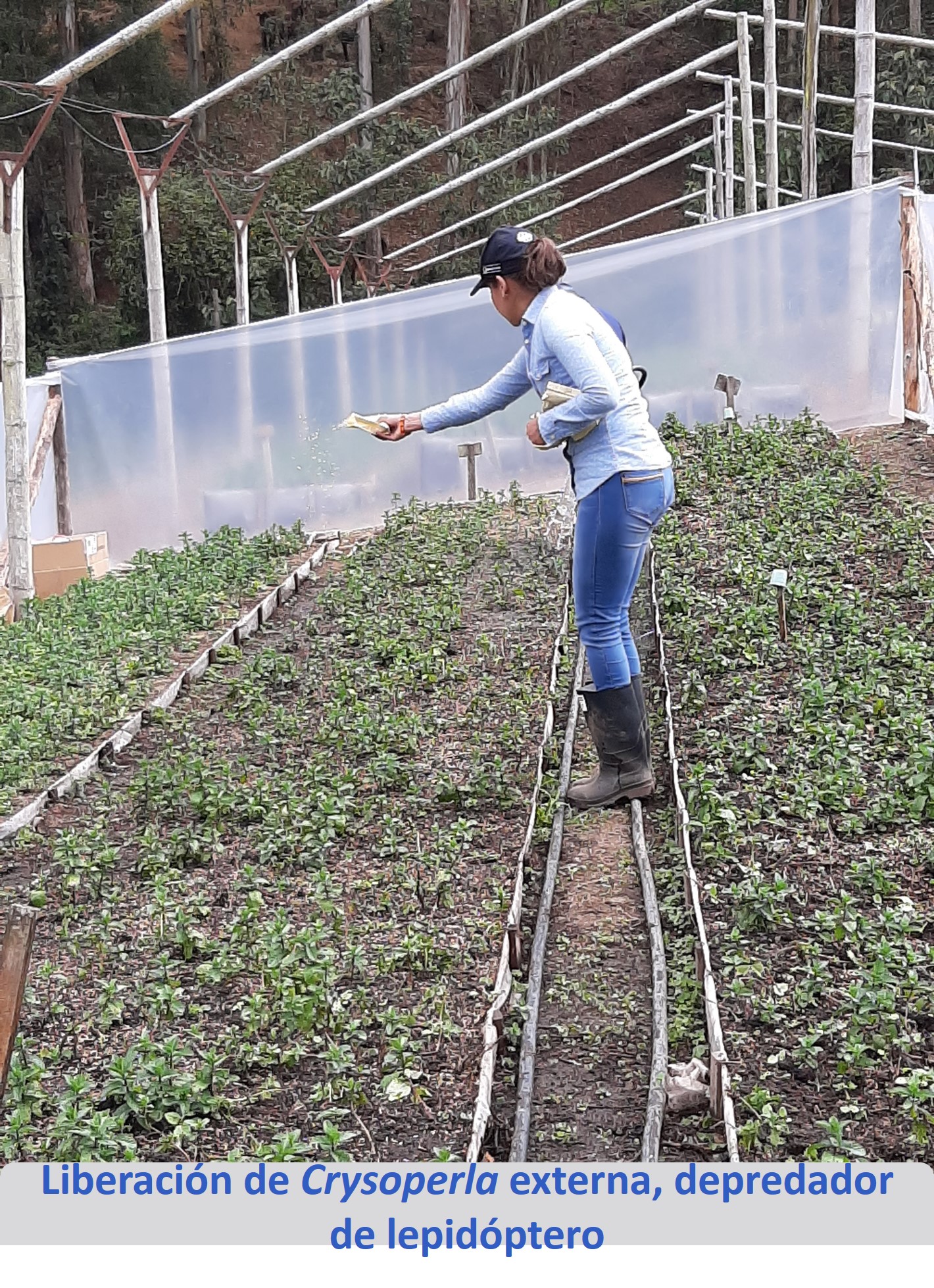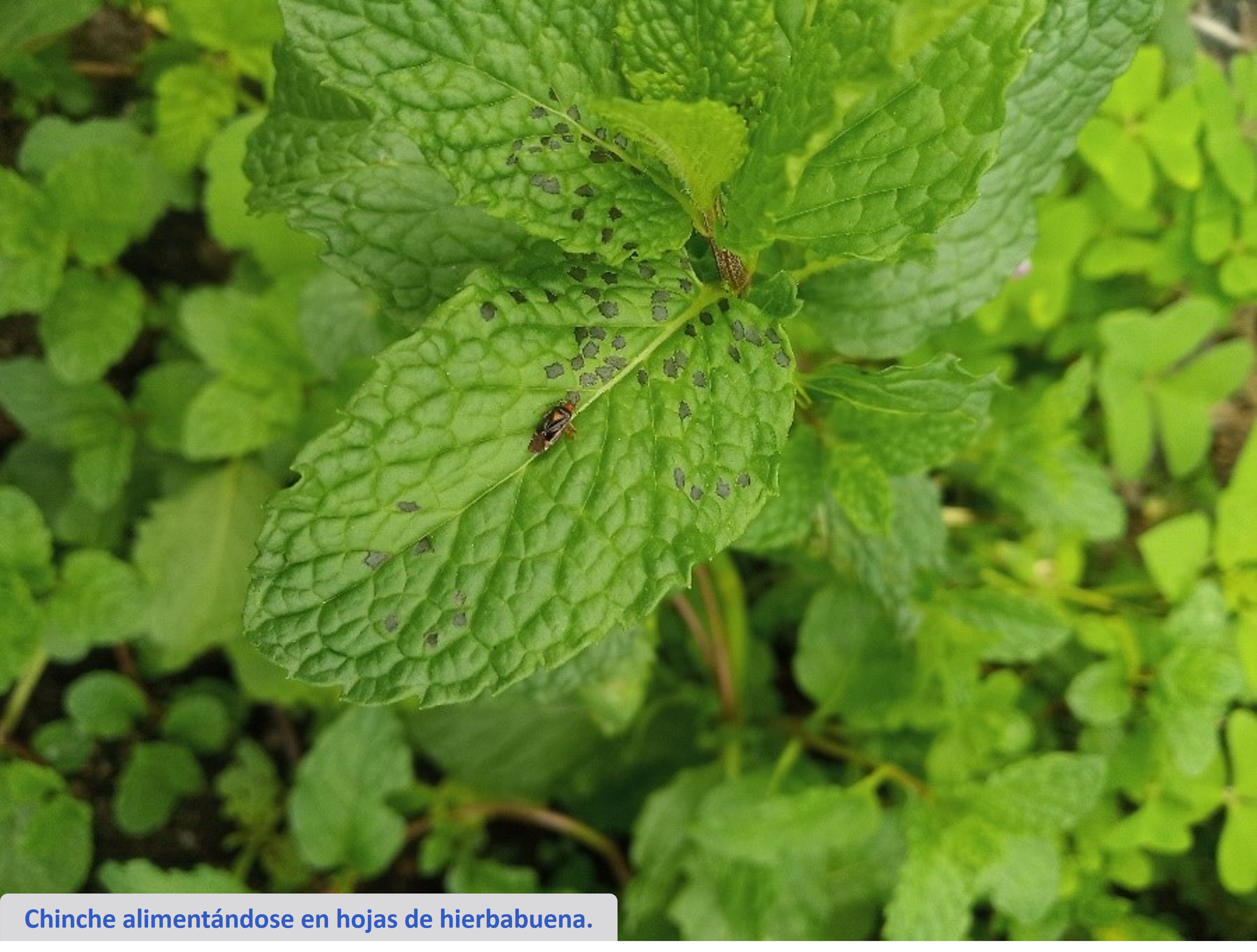Fertilization and integrated pest management in spearmint
Mentha spicata L.

- Thematic area:
- Sanitary and phytosanitary management
- Productive system:
- Aromatic and medicinal plants
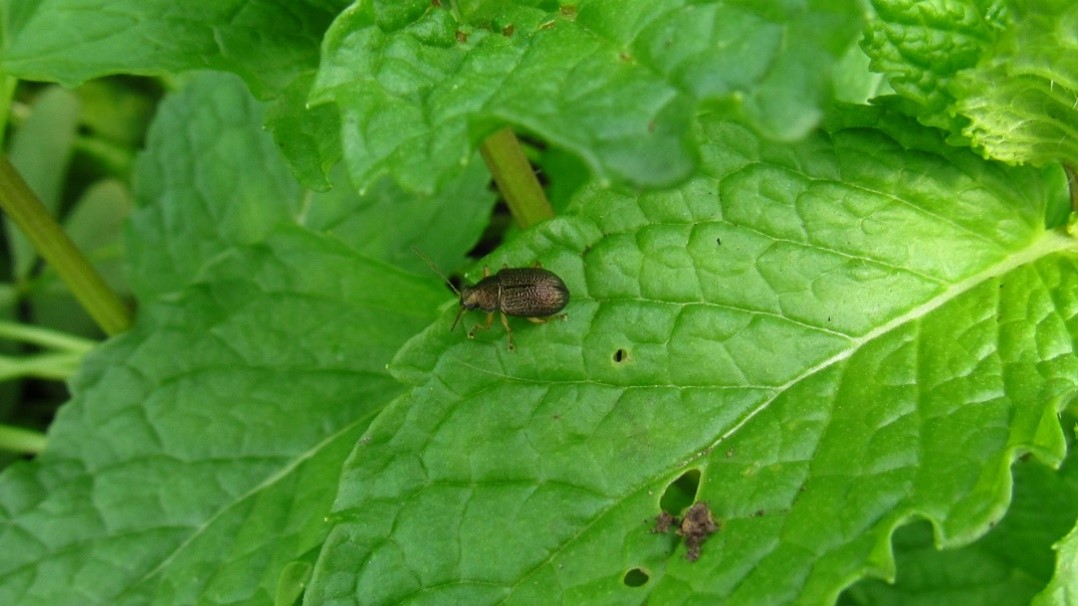
Description
Set of recommendations for producing spearmint (Mentha spicata L.) destined for the national market, which can be used at any stage of cultivation. Strategies are described for preventing and managing pests and diseases that affect the crop, which guarantees to keep them at lower levels than those that would cause economic losses to the producer. Alternatives for adequate fertilization are also offered.
Among the pests that affect the cultivation of spearmint are lepidopterans (the butterfly and moth family Noctuidae), mites (family Tetranychidae), beetle larvae (family Scarabidae), chrysomelids (family Chrysomelidae), bugs (family Miridae), whitefly (family Aleroydidae), aphids (family Aphididae) and slugs. The most common diseases are rust (Puccinia menthae Pers.), blight (Ascochyta sp.), root galls or root knots (Meloidogyne spp.), leaf lesions (Aphelenchoides spp.), and rot of the base of the stem and leaves (Rhizoctonia sp.).
For pest management, weekly or biweekly monitoring is recommended through direct observation and prevention measures such as placing Mcpahil-type traps, colored traps, and traps with attractants and pheromones. If insect populations are found causing damage, the recommendation is to carry out cultural controls and applications of biological products.
Regarding the management of diseases and pests, monitoring, prevention, and management measures described in the Guide for the establishment and management of spearmint (Mentha spicata L.) in Southwest Antioquia must be carried out.
For fertilization, the annual application of dolomitic lime or triple lime is recommended in doses of 50 to 100 g/m2 of the planted area. Before each crop cycle, 50 g/m2 of 10-30-10, 7 g/m2 of urea, and 210 g/m2 of organic matter, such as chicken manure or decomposed coffee pulp, should be applied.
By implementing these recommendations, the producer can obtain spearmint to produce herbal drinks as quality raw material in agroindustrial processes.
Spearmint is produced mainly in the departments of Cundinamarca and Antioquia, for which these recommendations may be useful.
Associated publications
Image gallery
